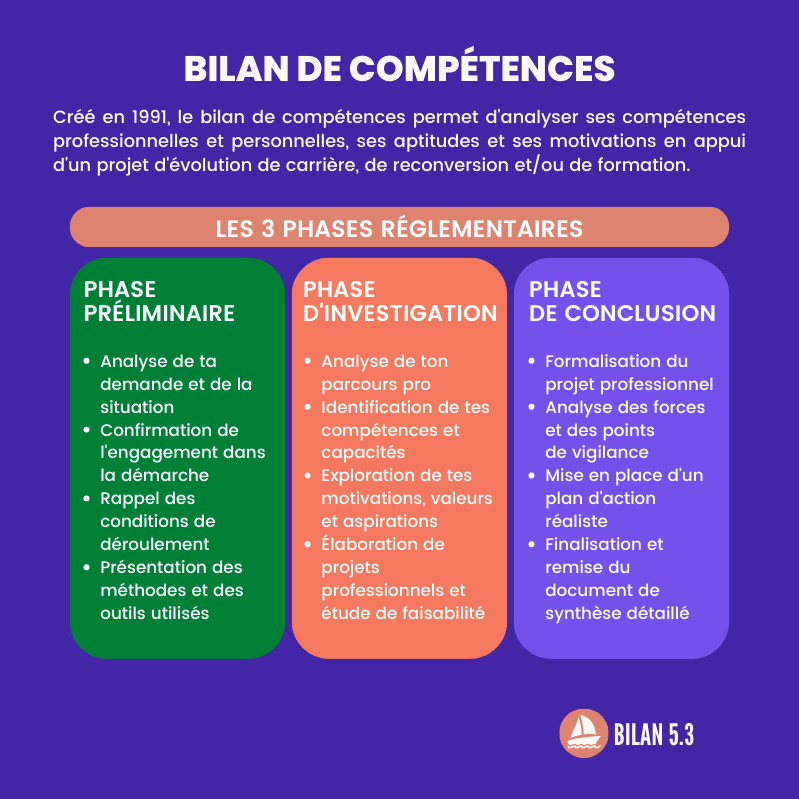
Mitigating the side effects
Nobody wishes it on themselves or anyone else, but it can still happen: you are told that you have cancer that needs to be treated with chemotherapy and/or radiation. What exactly happens then and how do you get through it as best as possible?
You sometimes hear the word: cytostatics. But chemo, that sounds much more familiar. Cytostatics is the medical term for chemotherapy drugs, often used to fight cancer.
Chemo alone is not enough
Another form of treatment is radiation, or radiotherapy. In most cases, a patient is given both therapies as advice. Only in a number of tumors is only chemotherapy sufficient to fight the cancer. Patients are also often given chemotherapy to remove the ‘leftovers’ of tumors after a successful operation. Sometimes, when there is nothing you can do about cancer, chemo can help to ease the pain by stopping the tumor from growing.
However, chemotherapy can also be given before surgery or radiation: this can make the tumor more sensitive to the planned procedure.
Action against cell division
Those who are prescribed chemotherapy are simply given drugs that counteract cell division. The aim is to prevent harmful cancer cells from increasing in number. Cytostatics also destroy existing cancer cells. A condition for chemotherapy is that you have enough blood cells in your blood. The chemo cuts into the number of white blood cells, which causes fatigue and a high risk of infections.
After all, white blood cells provide your resistance. People who therefore already have few blood cells before the chemotherapy often have to wait a while before they can start the therapy.
Rest to recover
Cytostatics are sometimes liquid and enter the body through an IV, but they can also be tablets that have to be taken orally. Some people receive the medication by injection under the skin.
Between the hours or days that someone receives chemo, there are often a number of weeks of rest. Because the cytostatics also stop healthy cell division, the body always needs a while of rest to allow those good cells to recover. It is therefore quite normal that there is no treatment in the meantime.
Side effects and tips
Chemo is known for its side effects ranging from hair loss to nausea. Of course it differs per person how bad the side effects are and what can help to make the suffering more bearable.
In general, you can do a number of things to mitigate the side effects:
- Because your mucous membranes are weakened by chemo, it is not convenient to wear contact lenses. Your eyes are too dry for that. Your nasal mucous membranes are more likely to allow viruses to pass through, so try to avoid people who have a cold.
- You can get antiemetics for the nausea. These drugs are often part of the treatment; if not, you can ask.
- Drink plenty of fluids so that your kidneys continue to do their purifying work. Drinking plenty of fluids can also help prevent nausea.
- Rest and regularity is good advice in case of fatigue.
- There is always someone present in your treatment team for psychological problems. Fellow sufferers can be found via KWF Kankerbestrijding.
radiotherapy
Radiotherapy (irradiation) is done to destroy tumors in a specific place. Sometimes radiation can also be a preparation for an operation: the radiation makes the tumor small enough to be removed by a surgeon.
Before the radiation, lines are usually drawn on your body. These indicate within which the light beams of the radiation must fall. The irradiation itself does not take very long: at most about ten to fifteen minutes. You will not feel anything and you can go home after the treatment; unless you were already in the hospital.
As with chemotherapy, radiotherapy also destroys healthy cells. Most people are therefore tired from the treatment and also have less appetite, as often with chemotherapy. The other side effects of radiation, however, are different than with chemo: side effects are mainly located at the place where radiation is taken.
Take care of your skin
For example, hair only falls out where the radiation took place. The skin in that area is often sunburnt, as in those who have been in the sun for too long. Sometimes flakes or blisters appear on the skin, but in principle the complaints disappear again within two to four weeks.
Do you want to do something extra for your skin? The doctor may prescribe oily gauze pads or an ointment. Also, do not wear tight clothing or clothing that rubs against the irradiated skin; try to make yourself as comfortable as possible.
Other tips
You can contact various peer groups for more personal tips and experiences about enduring the treatments and living with the disease. The Cancer Foundation provides reliable information about the best place to go with your request for help.















